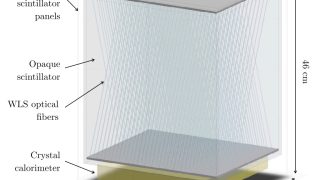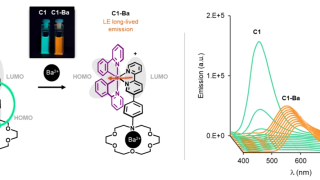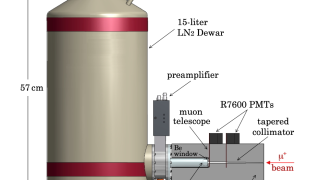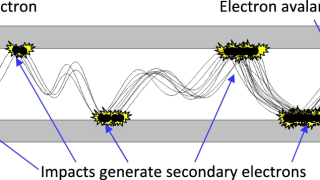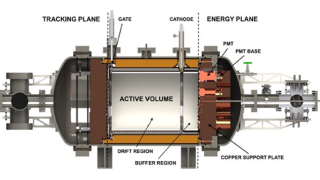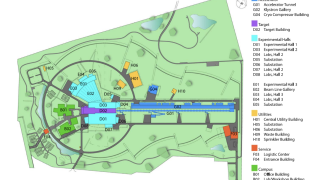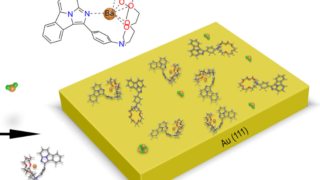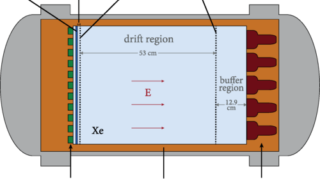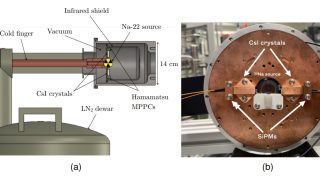
A cooler way to see inside the body: Cryogenic cesium iodide for medical imaging
Positron Emission Tomography, or PET, is one of medicine’s most powerful tools for looking inside the human body, revealing not only anatomy but also how tissues are functioning. In a PET scan, a patient receives a tiny dose of a radioactive tracer that emits positrons, the antimatter counterparts of electrons. When a positron encounters an […]
